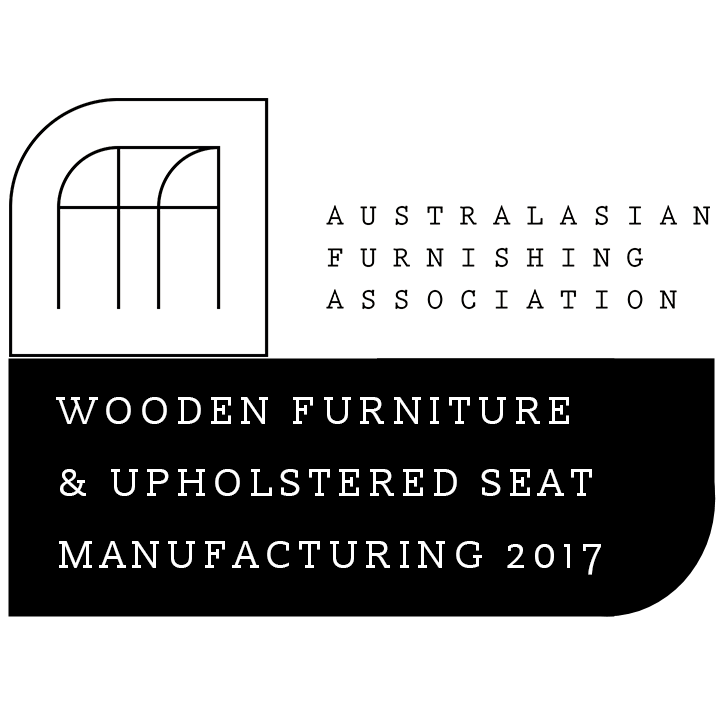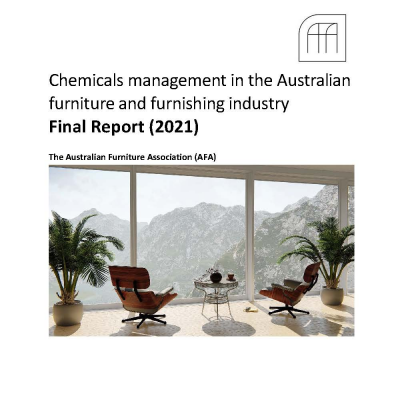AFA Reports – Wooden Furniture and Upholstered Seat Manufacturing in Australia 2017
$ 69.95
All reports provided by AFA are summarised and presented by The AFA to give you the relevant information in the most effective and efficient way. A 75% discount will be applied to the cart of all AFA members for Research items, so please log in prior to checking out.
Companies in the industry manufacture upholster wooden furniture .Industry firms also upholstered seating with wooden or metal frames, manufacture of upholstered seats for equipment is also included in the industry.
Key Statistics
- Revenue $2.5bn
- Profit $76.4m
- Exports $59.6m
- Businesses 3351
- Annual Growth 2018-23 -0.5%
- Annual Growth 2013-18 0.7%
The Wooden Furniture and Upholstered Seat Manufacturing industry has grown slowly over the past five years. The industry has struggled to protect its market share from an influx of low-cost imports and furniture made from alternative materials, such as metal, plastic and glass. However, increased building construction activity over the period has supported the industry, as new buildings are generally furnished with new furniture. Consequently, industry revenue is expected to grow at an annualised 0.7% over the five years through 2017-18, to reach $2.55 billion.
Import penetration in the industry has increased strongly over the past five years, despite a weaker Australian dollar over the period. While the weaker Australian dollar has supported significant increases in exports over the period, the relative size of exports to imports means that these increases have had little effect on total industry revenue. Furthermore, the strength of import penetration has forced large industry operators out of the industry, such as Steinhoff Asia Pacific Holdings Pty Ltd, which exited in 2013. However, in December 2016 the company re-entered the industry, with the $361.4 million acquisition of Fantastic Holdings Limited. While the industry has been affected by import competition, the industry has also contributed to wider import competition in the Manufacturing division as industry operators have increasingly purchased inputs from low- cost countries.





